

Continuing our Investor Mindset series, we got together with John Richards, Tyler Richards, and Jordan Harbertson, co-founders of a new fund, Startup Ignition Ventures at the 11th Startup Ignition Alumni Reunion at Utah Valley University. We learned about this new early-stage fund, met the team (sans Sterling Sessions who was unavailable), and witnessed the legendary Startup Ignition networking experience of hundreds of entrepreneurs coming together for an evening of inspiring speeches, networking, and a big announcement.
Startup Ignition was founded by John Richards, one of Utah’s most prolific startup investors and mentors. He and his co-founders announced recently their launch of a new $20 million early stage venture fund called Startup Ignition Ventures (SIV). Unlike most ventures, SIV is focused on pre-seed investments, including pre-revenue ventures, “writing the first checks” to fresh startups. Typical SIV investments will amount to $250,000 to $750,000 and will likely involve a follow-on investment of similar size based on performance and traction.
SIV is managed by Richards and his son Tyler, founder of DevMountain and an avid angel investor himself. They are joined by Sterling Sessions and Jordan Harbertson, Co-Founders and Partners in SIV.
 John Richards is Managing Partner of the new fund. His background as a Utah investor and mentor of startups is extensive, with direct investments in over 100 startups and hundreds of others as a limited partner himself in various venture funds. Richards was a member of the now-sunset Utah Angels for more than a decade and served several years as its Managing Partner. He is also a former BYU professor, where he mentored thousands of startups led by student teams which over two decades has grown into a very large network of both new and proven entrepreneurs and operators. When his graduates come together at networking events, such as the recent reunion at UVU’s new Keller Building, the result is “many collisions of people and ideas resulting in a natural, organic formation of startup teams,” says Richards.
John Richards is Managing Partner of the new fund. His background as a Utah investor and mentor of startups is extensive, with direct investments in over 100 startups and hundreds of others as a limited partner himself in various venture funds. Richards was a member of the now-sunset Utah Angels for more than a decade and served several years as its Managing Partner. He is also a former BYU professor, where he mentored thousands of startups led by student teams which over two decades has grown into a very large network of both new and proven entrepreneurs and operators. When his graduates come together at networking events, such as the recent reunion at UVU’s new Keller Building, the result is “many collisions of people and ideas resulting in a natural, organic formation of startup teams,” says Richards.
The new fund’s general partners will follow an investment approach deeply rooted in Lean Startup methodology which they have applied with precision to dozens of previous startup investments with excellent results. TechBuzz sat down with the partners of SIV during the reunion and discussed the fund’s investment strategy.
“Our slogan is ‘From Idea to Exit.’ Our vision is to take startups from the first idea, to getting their first investment, and marshaling and helping them along the way,” says Richards.
SIV will use Lean Startup and business model validation concepts to identify promising startups and then get into the trenches with the teams to help wherever needed without being overbearing. As a father-son team, the Richards have done this with success many times. The fund allows them to go wider and deeper.
“We have a process that's been honed over many years, largely rooted in Lean Startup, and involving very hands-on mentoring. It allows us to identify winners," explains Richards.
“It's not just about money; the secret is actually a focus on seemingly ancillary issues that sometimes don't involve money, but they involve know-how, like how do you land a great CTO? How do you write the first contracts with your customers? How do you go after the market?
Bootcamps, Mentorship, and Identifying Diamonds in the Rough
Partnering with entrepreneurs early in their startup journey is by nature a risky business. The majority of startups fail. A key component of SIV's strategy is to provide hands-on guidance and assistance in the earliest stages of the company and the development of its product or service. SIV gets to know their portfolio companies on a personal level.
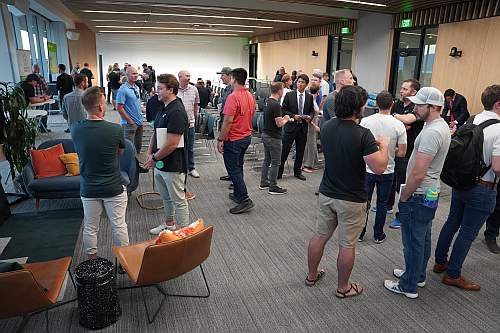 Much of this hands-on involvement takes place at the Startup Ignition Bootcamp, Tyler Richards, a co-founder and partner in SIV, explains the intricacies.
Much of this hands-on involvement takes place at the Startup Ignition Bootcamp, Tyler Richards, a co-founder and partner in SIV, explains the intricacies.
“A lot of advice and mentoring goes on behind the scenes in these startups. At our boot camps, they're usually not organized startups. They’re solo entrepreneurs that may or may not have an idea, and they just know that they want to be an entrepreneur, and they want to connect with like-minded people.”
“We spend a lot of time–six months, nine months, twelve months– after the entrepreneurs go through the boot camp. It helps them shape their idea into an actual validated idea," Tyler Richards explains.
“We give effort and time to these companies that a lot of other people see nothing in, or an entrepreneur who has no experience or had no successes before. Angel investors don't see anything in that particular deal at that time. But we continue to shape it into a diamond in the rough.”
Why Early Stage?
It's fair to wonder why SIV’s approach would be desirable over investing after the company is bringing in revenue and is proving its business model.
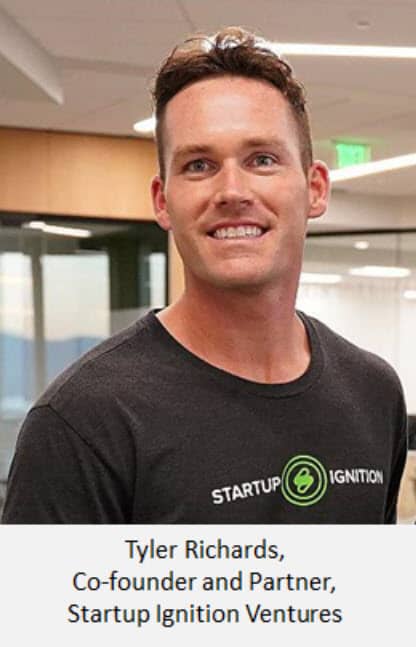 “One of the hallmarks of what we have done the last decade is to get in and stay in at this early stage. It's a little rough and tumble if you're not used to it, because you've got to really get in there, shoulder to shoulder with the entrepreneur and figure it out. You can't just give them money and pray and hope that they make it.”
“One of the hallmarks of what we have done the last decade is to get in and stay in at this early stage. It's a little rough and tumble if you're not used to it, because you've got to really get in there, shoulder to shoulder with the entrepreneur and figure it out. You can't just give them money and pray and hope that they make it.”
Over the past two or three months many investors are second-guessing and pausing to see how the downturn plays out. SIV, in contrast, is confident Utah’s economy will weather the downturn better than most states and will continue to provide a thriving environment for startups.
“We’re super bullish on Utah's startup ecosystem,” says John Richards. “The last decade was booming, and we think there's another boom that's going to come after this current correction period. We're super bullish on the downturn and what it's bringing in terms of opportunities. Utah's fundamentals are strong, but we see that most investors keep moving later- and later-stage to minimize their risk and put together larger deals. And so there’s always a lack of day-zero funding. So we are staying in that early stage realm and see that we can fill that opportunity gap.”
From his time as a mentor at BYU, Richards knows that there is a bounty of smart, motivated up-and-coming entrepreneurs in Utah with ideas that have real potential.
“I spent a dozen years heavily involved in bringing BYU from an unranked to the number one or number two ranked university in entrepreneurship. Utah County has more startups per capita, I'm told, than almost anywhere in the country, and there's just a lot of entrepreneurial activity.”
Taking these opportunities and watering them with the resources they need to flourish is how SIV lowers their risk and increases success rates, both for entrepreneurs and their investors. Early-stage investment is a lot harder to come by than seed funding, so being able to provide it is a valuable service in and of itself.
How SIV Works For Investors
For Startup Ignition to give entrepreneurs the resources and support they need, along with early stage investment to get them off the ground, the SIV team needed a means of reassuring investors in their new fund. The hedging technique they've implemented has been used by many others in the world of finance–but not necessarily in the VC space.
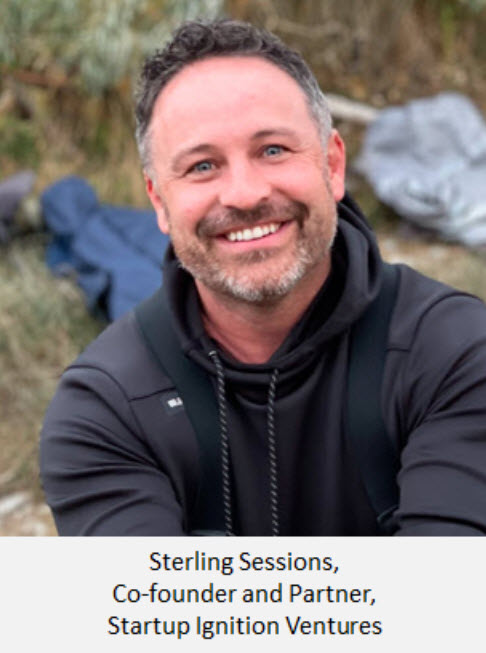 Sterling Sessions, SIV's Investment Partner, explains how they came to adopt the limited partner (LP) model more common in private equity.
Sterling Sessions, SIV's Investment Partner, explains how they came to adopt the limited partner (LP) model more common in private equity.
“There's no perfect investment," says Sessions. "If something is more stable, you typically get less liquidity, or less return, or you trade off the stability for more return or more liquidity. It's kind of a moving target all the time.”
This is typically the reason most investors steer clear of pre-seed funding. Venture capital investing is typically a seven-to-fifteen year time frame, so investors want to be sure that it will pay off. With SIV's model, they've figured out how to take the idle liquidity and provide a return off of it in the meantime to minimize J-curve and liquidity issues.
“If we got a million dollars, instead of us taking a million dollars and throwing it into a venture, we'll take nine hundred and fifty thousand dollars and put it into the venture investments. We'll take the last fifty thousand dollars, and buy really long-dated lead call options on the S&P 500.”
Again, hedging isn't typically used in the VC space, but it provides the stability that some investors crave while still giving them the opportunity to participate in Utah's high-growth startup ecosystem. “We can capture about one hundred percent of the stock market upside, and we really only risk five to seven percent on the downside when the market does what it's done in 2022," explains Sessions. It's been an incredibly volatile time for entrepreneurs over the past year, as we move toward a bear market at a rapid pace. SIV's system is designed to help early-stage founders weather the storm by getting them the resources they need to grow their business–without sacrificing returns for investors.
“Last year, when the stock market was up double digits, our returns on the options portion of the portfolio were mid-to-high thirties returns stacked on top of that venture structure. So it gives us the ability to be able to make money from word go for clients without having to lock money up long-term.”
Benefits of Early Access
Richards is passionate about the work he does as Managing Partner of Startup Ignition Ventures. His son Tyler, a serial exited entrepreneur himself, most recently with his sale of DevMountain, has mentored several startups and understands well the value of Lean methodology. 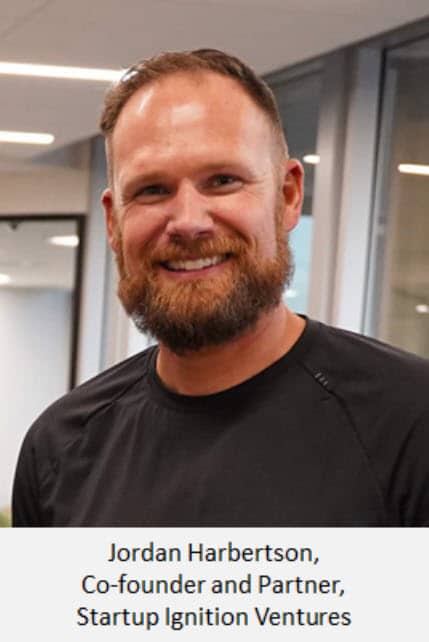 Equipped with the knowledge and experience to set entrepreneurs up for success right from day one, John and the SIV team will have a front-row seat as their portfolio companies take off–and the entrepreneurs they support have access to valuable resources, know-how and advice.
Equipped with the knowledge and experience to set entrepreneurs up for success right from day one, John and the SIV team will have a front-row seat as their portfolio companies take off–and the entrepreneurs they support have access to valuable resources, know-how and advice.
“There's no doubt that the ones we invest in are going to get super premium attention,” says Tyler Richards. “At some later stage, the other investors may deliver more value than us. But for the first eighteen months of a company, we deliver super high value to these early stage companies.”
Tyler Richards emphasized that SIV will act as a first port of call for their portfolio companies. “We want to be there when there's a problem; when there's a legal issue, when there's a sales issue, when there's a hiring issue, we want to be that first call for them,” says Jordan Harbertson, a co-founder and partner in the fund.
Idea-To-Exit is Gaining Traction
Startup Ignition Ventures is one of few VC firms adopting the idea-to-exit mentality, as most VC firms are hesitant to invest at the pre-revenue stage. However, SIV's methods are already being echoed by some of the biggest players in the industry.
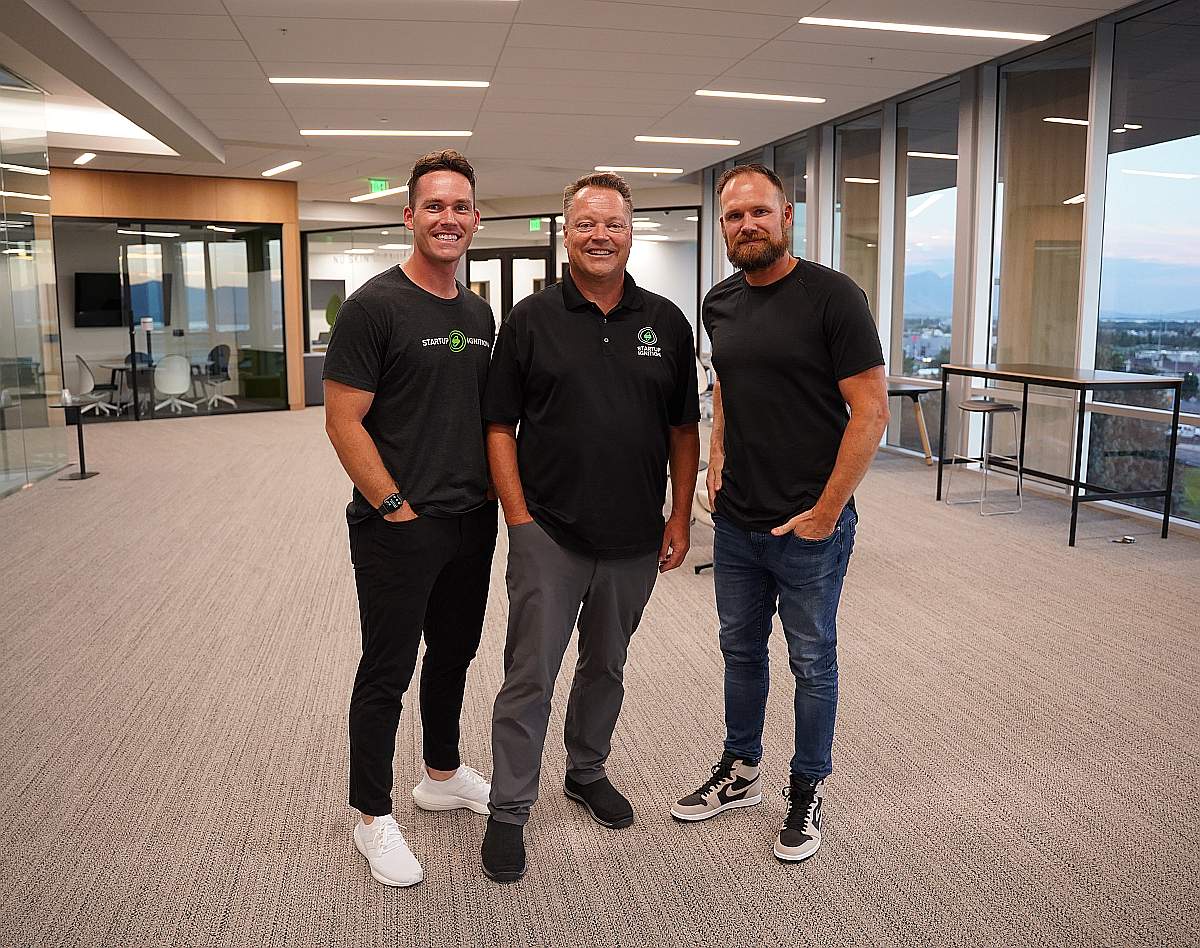 According to John Richards, “last October, Sequoia announced they were changing the way they approached venture and have embraced idea-to-exit thinking. And that really is our way of thinking on how the VC market should shape up, too. You have to be careful in the middle of the venture investing cycle. Valuations get out of sync with fundamental metrics, and you can overpay and get a less return than you were expecting. It's much better to be the first or the last investor in a venture deal, not in the middle.”
According to John Richards, “last October, Sequoia announced they were changing the way they approached venture and have embraced idea-to-exit thinking. And that really is our way of thinking on how the VC market should shape up, too. You have to be careful in the middle of the venture investing cycle. Valuations get out of sync with fundamental metrics, and you can overpay and get a less return than you were expecting. It's much better to be the first or the last investor in a venture deal, not in the middle.”
Richards is confident that SIV’s efforts, strategies, and hands-on approach can pay off for the startups they support, the LPs in the fund, and the Utah startup ecosystem as a whole.
“This is when we know the company’s got traction,” says Richards. “We can see the metrics and we can judge them more easily. By using Lean Startup, we can judge them here on not only financial metrics, but innovation and traction metrics that Lean Startup informs us on, and can still make good decisions.”

